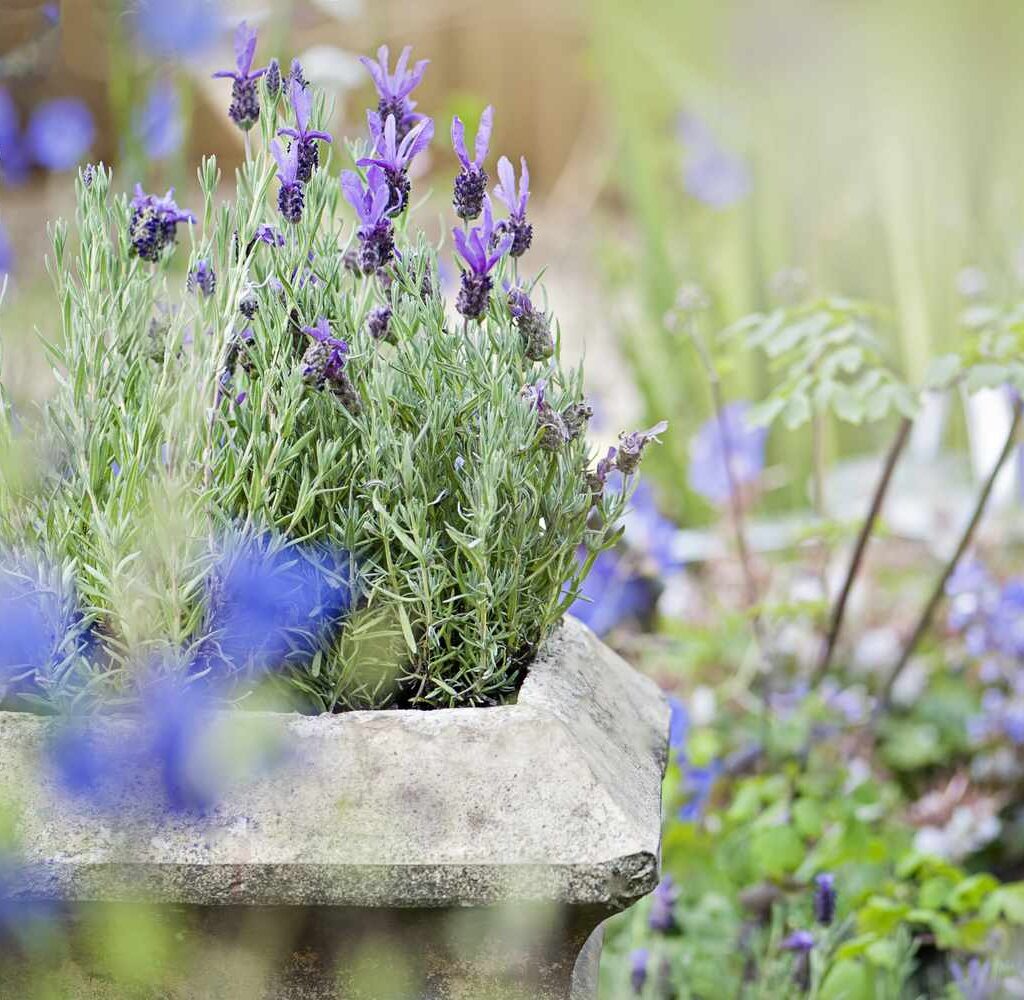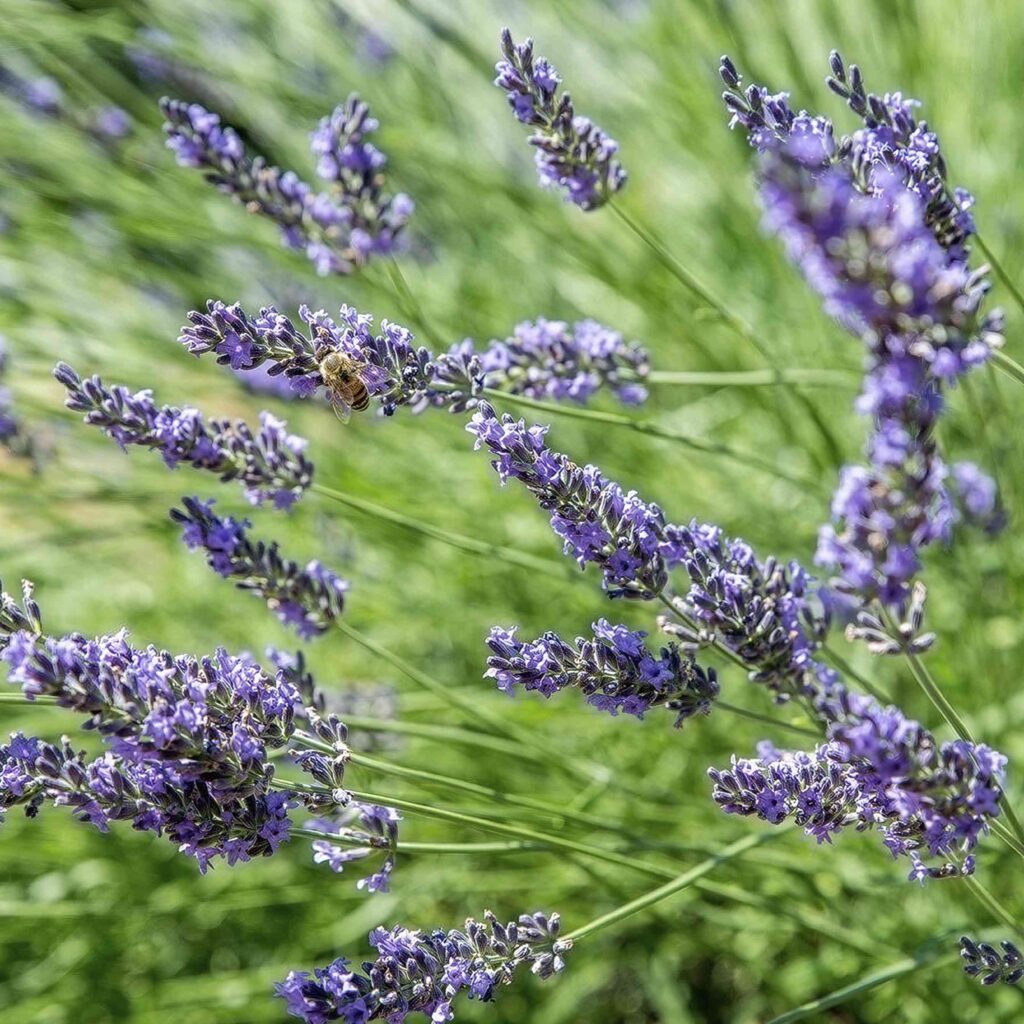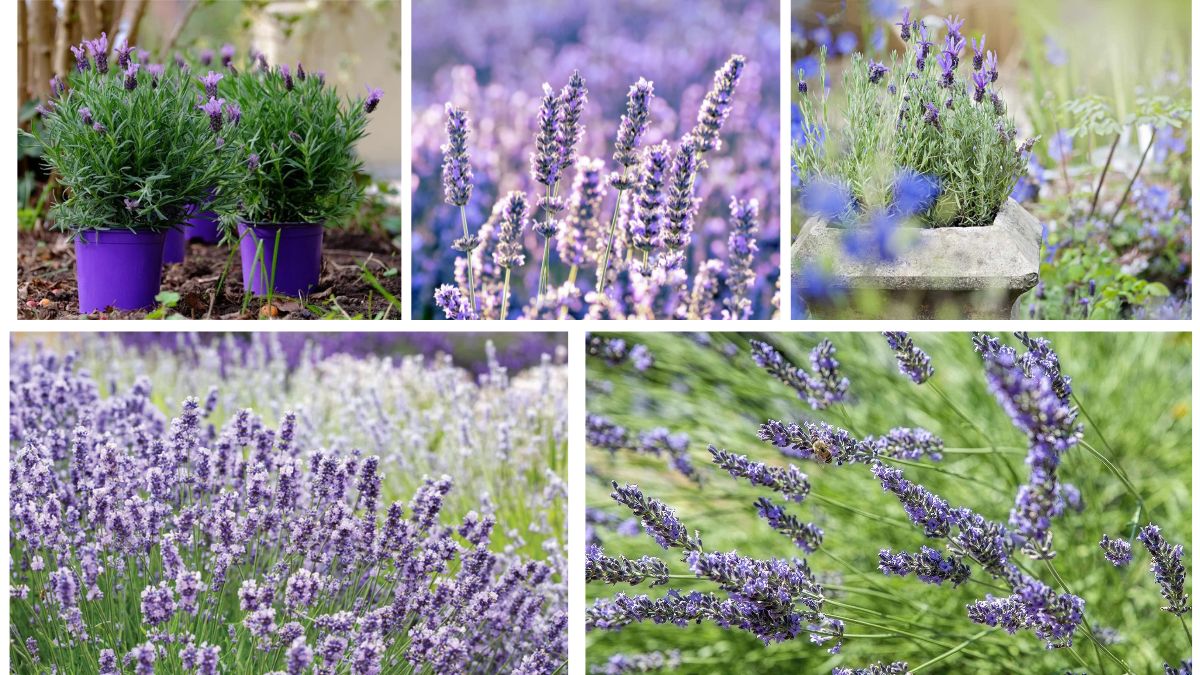Lavender is one of the most beloved plants in gardens around the world. Known for its soothing fragrance, beautiful purple blooms, and versatility, lavender adds charm and calmness to any outdoor space. Beyond its ornamental value, this plant is also used for essential oils, teas, sachets, and natural remedies. Growing lavender might seem intimidating at first, but with the right steps, anyone can cultivate a thriving lavender garden. This guide will walk you through everything you need to know about growing lavender—from choosing the right variety to planting, caring, and harvesting.
Why Grow Lavender?

Before diving into the details, it’s worth understanding why lavender is such a wonderful addition to your garden:
- Fragrance: Lavender’s calming aroma is perfect for creating a relaxing garden environment.
- Beauty: Its long spikes of purple, blue, or even pink flowers look stunning in borders, beds, or containers.
- Pollinator-Friendly: Bees, butterflies, and other pollinators love lavender, making it excellent for biodiversity.
- Low Maintenance: Once established, lavender thrives with little care, especially in sunny, dry conditions.
- Multipurpose Uses: Flowers can be used in cooking, teas, crafts, and essential oil extraction.
With so many benefits, lavender truly stands out as both a functional and ornamental plant.
Choosing the Right Lavender Variety

Lavender comes in different species and varieties, and choosing the right one depends on your climate and purpose. Here are the most popular types:
- English Lavender (Lavandula angustifolia):
Known for its classic fragrance and cold-hardiness, this variety is ideal for cooler regions. It’s perfect for making essential oils and sachets. - French Lavender (Lavandula dentata):
Features serrated leaves and distinctive tufted flower heads. It’s less hardy but thrives in warm climates. - Spanish Lavender (Lavandula stoechas):
Recognized by its “rabbit ear” petals at the top of each flower spike. It grows well in hot, dry areas. - Lavandin (Lavandula × intermedia):
A hybrid with long stems and strong fragrance. Commonly used in commercial essential oil production.
Tip: If you live in a colder region, English lavender is your best bet. For warmer areas, Spanish or French lavender can be ideal.
Ideal Growing Conditions for Lavender

Lavender thrives best when its growing conditions closely mimic its native Mediterranean environment. Here’s what you need to know:
- Sunlight: Lavender needs full sun—at least 6–8 hours daily. Without enough light, plants become leggy and produce fewer blooms.
- Soil: Lavender prefers well-drained, sandy or loamy soil with a slightly alkaline to neutral pH (6.5–7.5). Heavy clay soil should be amended with sand or gravel for drainage.
- Watering: Although drought-tolerant once mature, young lavender plants need regular watering until established. Avoid overwatering, as lavender roots are prone to rot in soggy soil.
- Air Circulation: Plant lavender in areas with good airflow to reduce fungal issues.
Step-by-Step Guide to Planting Lavender

Step 1: Selecting a Plant or Starting from Seed
- From Seeds: Growing lavender from seeds can be slow and requires patience, as germination may take weeks. Start indoors 10–12 weeks before the last frost.
- From Cuttings or Nursery Plants: Buying small starter plants or using cuttings from an existing lavender plant is easier and faster.
Step 2: Preparing the Soil
- Loosen the soil to about 12 inches deep.
- Mix in sand or gravel if your soil is heavy.
- Add a bit of garden lime if the soil is too acidic.
Step 3: Planting
- Dig a hole large enough for the root ball.
- Place the lavender plant at the same depth it was growing in its pot.
- Space plants 12–18 inches apart (for compact varieties) or 2–3 feet apart (for larger varieties like Lavandin).
Step 4: Watering
- Water deeply right after planting.
- Continue watering every few days until the plant establishes roots. After that, reduce frequency.
Caring for Lavender Plants

Watering
- During the first year, water once or twice a week until established.
- Mature lavender only needs watering every 2–3 weeks in dry weather.
- Avoid wetting the foliage, as this can promote fungal diseases.
Pruning
- Pruning helps lavender stay compact and promotes new growth.
- In spring, remove dead wood.
- After flowering (late summer), cut back about one-third of the plant, but never cut into old wood.
Fertilizing
- Lavender does not need heavy feeding.
- A light application of compost or a low-nitrogen fertilizer in spring is sufficient.
- Avoid high-nitrogen fertilizers, which encourage leafy growth but fewer flowers.
Winter Care
- In colder climates, protect lavender by covering the base with mulch or moving potted plants indoors.
- English lavender is more cold-tolerant, but other varieties may need extra protection.
Growing Lavender in Pots
If you don’t have garden space, lavender grows beautifully in containers. Here’s how:
- Choose a pot with drainage holes.
- Use a gritty, well-draining soil mix (cactus or succulent soil works well).
- Place the pot in a sunny spot, like a balcony or patio.
- Water when the soil is dry to the touch.
Harvesting Lavender
One of the best parts of growing lavender is enjoying the harvest.
- When to Harvest: Cut lavender flowers just as the buds begin to open, when fragrance and oil content are at their peak.
- How to Harvest: Use sharp scissors or pruners to snip flower stems early in the morning.
- Drying Lavender: Tie stems in small bundles and hang them upside down in a cool, dark place for 2–4 weeks. Once dry, flowers can be stored in jars or used in crafts and teas.
Uses of Lavender
Lavender isn’t just for the garden—it’s highly versatile:
- Aromatherapy: Lavender oil promotes relaxation and reduces stress.
- Culinary: Flowers can be used in teas, baked goods, and flavoring syrups.
- Home Décor: Dried lavender adds beauty to bouquets and potpourri.
- Natural Remedies: Known for its antibacterial and calming properties.
Common Problems and Solutions
Even though lavender is low-maintenance, a few issues may arise:
- Root Rot: Caused by overwatering or poor drainage. Solution: Improve soil drainage and reduce watering.
- Powdery Mildew or Fungal Issues: Often from poor air circulation. Solution: Space plants properly and prune regularly.
- Leggy Growth: Happens when plants don’t get enough sunlight. Solution: Ensure at least 6 hours of direct sunlight daily.
Conclusion
Growing lavender is an incredibly rewarding gardening experience. With its soothing fragrance, stunning flowers, and multipurpose uses, lavender adds both beauty and function to any garden. By selecting the right variety, providing full sun and well-drained soil, and practicing proper care techniques like pruning and minimal watering, you can enjoy flourishing lavender plants for years. Whether in a flower bed, border, or container, lavender transforms your outdoor space into a serene retreat while attracting pollinators and offering harvestable blooms for countless uses.
If you’re seeking a plant that’s easy to grow, visually striking, and endlessly useful, lavender is the perfect choice to bring both fragrance and beauty to your garden.




